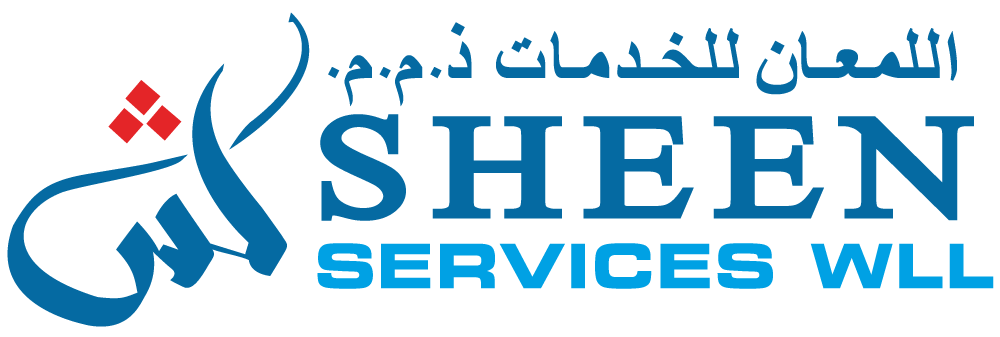
The Peninsula
DOHA: The Middle East has been actively building refineries, not only to displace product imports, but to become a net refined product exporter.
In the Middle East, the willingness to increase the vertical integration of national oil companies (NOCs) and to diversify oil revenue streams are important factors in the drive to increase refining capacity. Several Middle Eastern NOCs are also involved in overseas projects, predominantly in the growing Asian markets.
International Energy Agency (IEA) noted in its “World Energy Investment 2018” report that global investments in oil refining rebounded by 10 percent in 2017 and are set to rise by another 40 percent in 2018 to about $90bn, driven by rising demand in the emerging economies and improved profitability. The bulk of investments continue to go to construction of new units in these regions either with strong demand growth perspective or oil industry diversification objectives.
Asia, where oil product demand is growing fastest, continues to dominate refinery investment. The Middle East has been busy building refineries to become a net refined product exporter. In Europe and Eurasia, most investment is going to secondary processing units, while North America continues reaping the benefits of shale growth in terms of cheaper feedstocks for both refining and petrochemicals.
Despite sitting on some 4 mb/d of unused distillation capacity, more than any other country in the world, China continues to build new refineries. More than half of the unused capacity is in landlocked provinces, where crude supply and product movement logistics are complicated. Instead, new and better-equipped facilities are being built in the logistically advantageous coastal provinces.
The only greenfield project that came on line in 2017 was CNPC’s 260 kb/d refinery in Yunnan province, which has a dedicated 800 km pipeline to deliver crude oil from a port in Myanmar.
The role of Chinese independent refiners has increased after the partial liberalisation of crude oil imports and refining in 2016. Some of the largest new sites are being built by independent refiners, sometimes in co-operation with local governments and foreign oil companies. The independents have also been adding secondary units to improve the quality of fuel output.
India has also seen a relative slowdown in construction of greenfield refineries, as most of the largest projects have been completed. Recent investments have focused on capacity extensions at existing refineries. Elsewhere in Asia, the only notable additions in 2017 were condensate splitters in South Korea and Chinese Taipei, while Japanese refiners concluded the second phase of a government-mandated capacity optimisation programme by shutting down another 250 kb/d.
In Europe, the only new refinery that has been built in the last two decades is a 200 kb/d unit in Turkey, which is scheduled to come on line in 2018. This is likely to be the last new refinery in the region. Most investment is going to secondary units such as heavy fuel conversion and crude de-asphalting units to meet the tighter bunker fuel specification changes mandated by the International Maritime Organization that are due to come into force in 2020.
Credit: The Peninsula Qatar
URL:https://www.thepeninsulaqatar.com/article/28/07/2018/Mideast-set-to-emerge-as-major-oil-product-exporters








